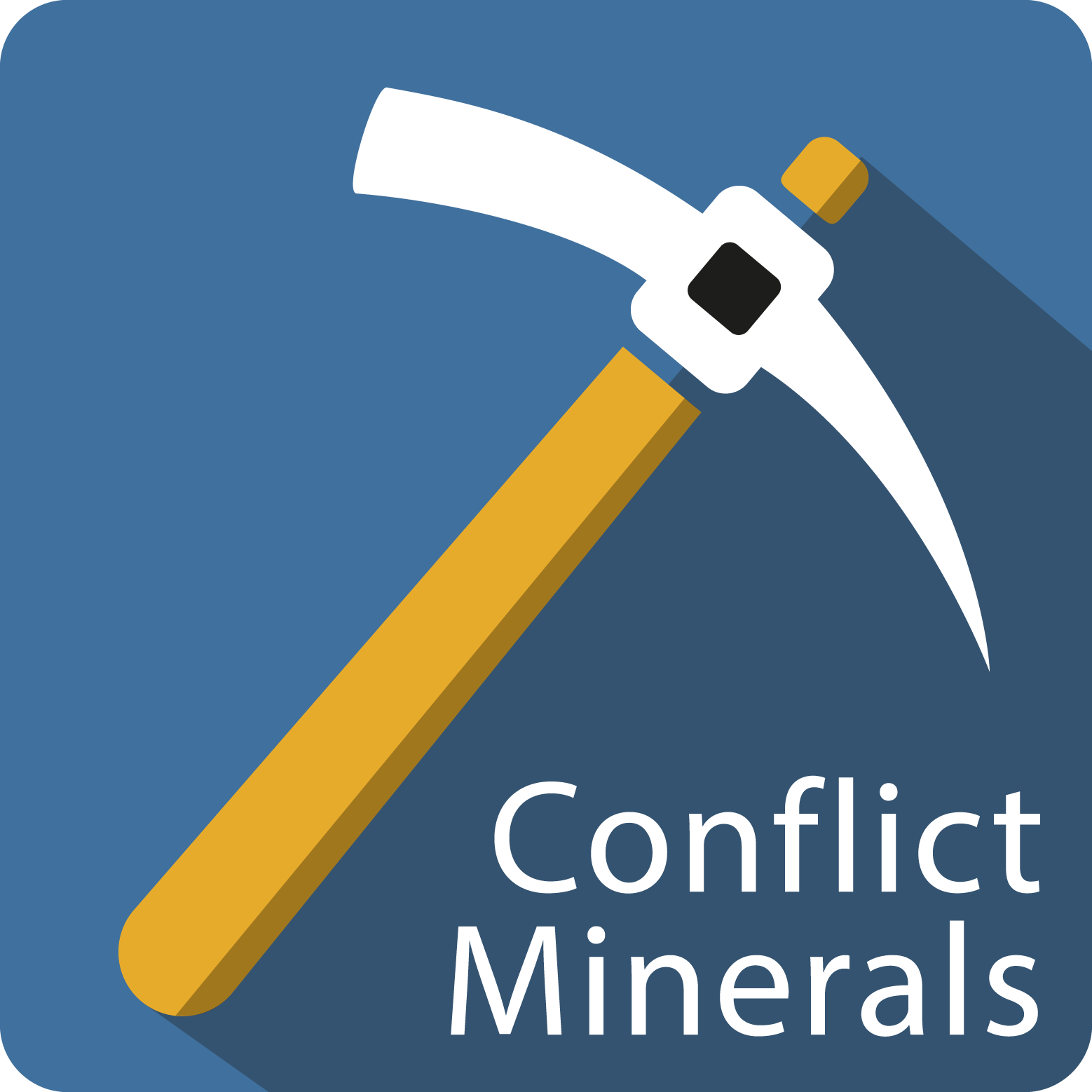Conflict Minerals Reporting Template - CMRT
Organizations typically draft a Conflict Minerals Reporting Template or a policy to address the origin of in-scope minerals.
OFFER: For every Conflict Minerals reporting request, Enviropass offers FREE Slavery and Trafficking Risk reporting!
Contact us today to redeem your offer!

Free Conflict Minerals Reporting Template Resources: Online Database
Here is a list of available online databases* from associations or distributors, which include some of the most common manufacturers of electronics parts:
Conformant Smelters & Refiners Lists
According to the Responsible Minerals Initiative (RMI)
3TG Minerals
The American Dodd-Frank Act regulates the declarations of 4 conflict minerals called 3TG (tin, tantalum, tungsten, and gold) from mines in the Democratic Republic of the Congo (DRC).
In the European Union, a similar law is also in force: Regulation # 2017/821 laying down supply chain due diligence obligations for Union importers of tin, tantalum, and tungsten, their ores, and gold originating from conflict-affected and high-risk areas.
For responsible mineral tracking and sourcing, Enviropass maintains contacts with close to 3,500 of the most common suppliers, who file reports according to Conflict Minerals Reporting Templates (CMRT).
Conflict Minerals Reporting Template - Classic Services
Enviropass team:
- Research information on conflict minerals and follow up on your behalf with your suppliers and subcontractors in coherence with the OECD Due Diligence Guidance for Responsible Supply Chains of Minerals from Conflict-Affected and High-Risk Areas.
- Prepare your own CMRT statement based on information previously collected and accordingly with the Responsible Minerals Initiative (RMI).
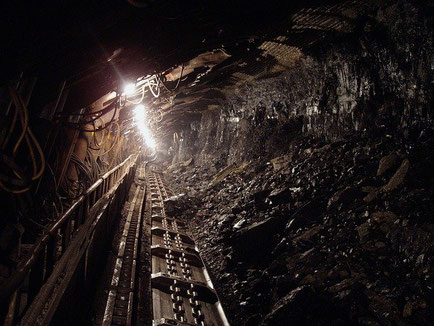
Conflict Minerals Reporting Template - Deluxe Services
Through its Deluxe services, Enviropass empowers you to control your Conflict Minerals file by:
- Training you to the legal requirements.
- Setting an internal procedure with you for showing due diligence to third parties.
- Teaching you the qualitative assessment of information gathered from suppliers.
- Equipping you to generate and update your annual declaration regarding Conflict Minerals.
What are the Conflict Minerals?
3TGs in DRC
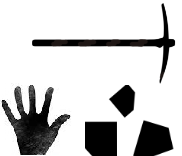
Conflict minerals are tin (Sn), tantalum (Ta), tungsten (W), and gold (Au). The literature commonly uses this acronym to identify these minerals: 3TGs. The 3TGs conflict minerals originate from areas of conflict, such as in the:
Democratic Republic of the Congo (DRC) or its neighboring covered countries:
- Angola,
- Burundi,
- Central African Republic,
- the Republic of the Congo,
- Rwanda,
- South Sudan,
- Tanzania,
- Uganda, and
- Zambia.

More specifically, mines in the provinces of Kivu, in Eastern DRC, have a high risk of being under terrorist control.

The Use of 3TGs
Tin: Many applications require this mineral, like solder.
Tantalum: Electronic components, like capacitors, contain tantalum.
Tungsten or wolfram: Also utilized in electronics, electrical equipment, and alloys.
Gold: Another mineral employed in electronics, e.g., in circuit boards. Gold is also present in jewelry, money, medicine, and… cuisine!
Cobalt and Mica Conflict Minerals
Currently, the in-force legislation only addresses the origin of 3TGs. However, other minerals, such as cobalt and mica, raise similar conflict concerns. Notably, electrical and electronic equipment requires both cobalt and mica. Therefore, the RMI has published the EMRT template to address these extended minerals.
Cobalt is massively used in batteries, while mica is present in various products and applications, such as plastics, insulations, capacitors, magnets, and paints.
What about Rare Earth Elements?

Rare earth elements (REEs) are mainly the fifteen lanthanides in the periodic table. Many strategic activities require REEs, including electronics, automotive, aerospace, and military industries.
China benefits from a quasi-monopoly of some REEs. On top of bringing strategic and political concerns, the extraction of REEs also reveals one of the most polluting. Currently, no specific legislation about the REEs’ origins is in place.
What are the Conflict Minerals Reporting Template Obligations?
Since March 31st, 2014, a company listed on Wall Street must annually declare the origin of these minerals when used in its production and per the SEC (Securities and Exchange Commission).
Among other things, in-scope companies must declare whether:
- their products contain any of the 3TGs;
- they have established a responsible minerals sourcing policy;
- all of the smelters in their supply chain have provided sourcing information.
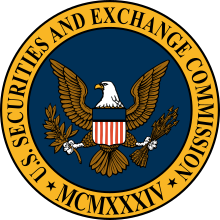

The CMRT
CMRT is an acronym for Conflict Minerals Reporting Template.
What is the CMRT?
The CMRT is a free online Excel spreadsheet. It enables communication for the origin of 3TGs in the supply chain. The industry worldwide utilizes this well-recognized template.
The Conflict Minerals Reporting Template Content
The most important tabs in the Excel CMRT include:
- The Declaration tab, where the examined company gives its credentials and conflict minerals details;
- The Smelter List tab, where the surveyed company reports the smelters in its supply chain;
- The Checker tab that shows whether some information is missing;
- The Product List, with the reference to in-scope products, if applicable.
Notably, the CMRT document is regularly updated. Errors are corrected, and most importantly, the list of smelters is updated. As a result, we recommend you ensure you request the latest CMRT versions from your suppliers.
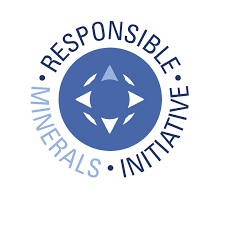
The RMI behind the Conflict Minerals Reporting Template
The Responsible Minerals Initiative (RMI) is an independent not-for-profit organization that equips the industry with resources and tools for conflict-free sourcing.
What the RMI does
On top of maintaining the CMRT and other activities to bring awareness, the RMI manages auditing programs of smelters. To do so, auditors follow guidelines and protocols to determine whether smelters and refiners only purchase conflict-free minerals.
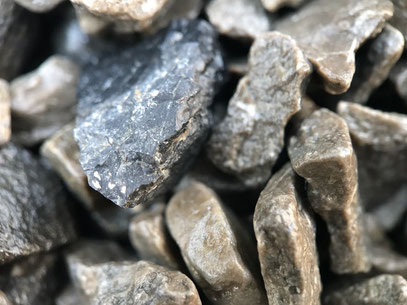
Who should File a Conflict Minerals Reporting Template ?
Impacted companies are any actors extracting or using 3TGs in the production processes, from the mines to the manufacturers of finished goods. That includes:
- local and international traders of ore;
- smelters and refiners;
- components producers;
- assemblers.
The legislation on conflict minerals impacts electronic manufacturers since their products typically include at least one of the minerals referred to as 3TG. There are no de minimis minimum thresholds that can excuse entities from their reporting obligation.
Directly Impacted Companies
Your company may be audited and receive a CMRT inquiry if your organization is one of the approximately 6,000 public US companies governed by the rules of the SEC or if you are a supplier of such a company. All sectors are in scope, including the medical or defense industries.
Contributors to Conflict Minerals Reporting Template Inquiries
Even if you don’t deal directly with a US public company, you may be somewhere in its supply chain. If this is the case, you would still have to report the origin of the 3TGs contained in your products and contribute to the research effort for commercial reasons.

Why are there Conflict Minerals Regulations?
The Situation around Conflict Minerals in the DRC
The Democratic Republic of the Congo (DRC) is a former Belgian colony and was under the possession of King Leopold II of Belgium from 1885 (with the Berlin Conference) until 1908.
The DRC became independent on June 30th, 1960. From 1971 until the overthrow of Marshal Mobutu during the so-called First Congo War in 1997, the Congo bore the name Zaire. A rebel coalition, the AFDL (Alliance des forces démocratiques pour la libération du Congo – Alliance of Democratic Forces for the Liberation of Congo) led by Laurent-Désiré Kabila overthrew Mobutu.
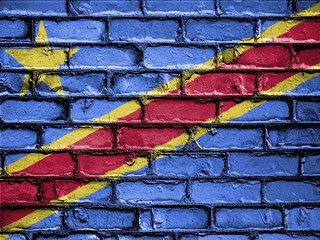
A Second Congo War followed from 1998 to 2002. During this war, rebel groups took control of parts of the country and killed Laurent-Désiré Kabila. Afterward, his son, Joseph Kabila, took power.
As of 2003, a democratic transition has begun. In 2005, The nation voted for a new constitution. Joseph Kabila won the election in 2011. However, after a political crisis and a surge in violence, Félix Tshisekedi became president in 2018. The east of the country remains troubled by armed gangs, dissidents, and deserters.

Since 1994, approximately 8 million people have died, and millions have faced displacement. Rebels have been responsible for a form of genocide and planned rapes. They have also exploited child soldiers and orphans in massive human trafficking operations.
Additionally, rebels have compelled many of these contemporary slaves to labor in mines under their control.
There are other conflict-affected and high-risk areas (CAHRA) per the EU legislation.
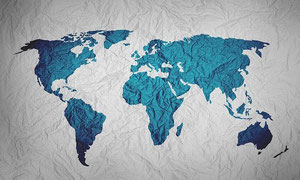
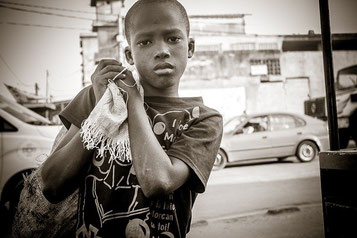
The History of Conflict Minerals Regulations
The USA officially decided in July 2010 to target the revenue coming from mines under the control of rebel groups. Such mines have then seen their market access obstructed.
Conflict Minerals Regulations started in the USA during the Obama administration, and the following governments maintained the effort.
The European Union also took a similar initiative by publishing its conflict minerals regulation in 2017.

The Conflict Minerals Regulations and the OECD Guidance
The US federal law named the Dodd-Frank Act, section 1502, gives the rules on Conflict Minerals. The decision started to apply in August 2012. Mr. Dodd and Frank are the two officials who have presented this regulation to Congress.

The EU has prepared a similar conflict minerals bill, which entered into force on January 1st, 2021. Canada has rejected a comparable bill, number C-486.
Nevertheless, since 2011, the Organisation for Economic Co-operation and Development (OECD) has updated the Due Diligence Guidance for Responsible Supply Chains of Minerals from Conflict-Affected and High-Risk Areas. This guidance is not legally binding. However, its recommendations help to reduce risks with conflict minerals in supply chains.
The Goal of Conflict Minerals Reporting and the Audit Approach
The legislation’s objective is to deprive rebels of their financial resources. The idea here is to find an alternative to military intervention without imposing an embargo on the Democratic Republic of Congo (DRC) or its neighboring countries.
Smelters and refiners that purchase 3TGs ore worldwide play a crucial role in the supply chain. They obtain either recycled metals or new ore from mines. Therefore, auditors frequently evaluate these smelters and refiners to verify if they can provide evidence of exclusively acquiring conflict-free minerals.

The Cost of the Conflict Minerals Reporting Obligations
A study of 2017 by ELM Sustainability Partners estimated 600 to 800 million USD in the total annual cost for the whole industry to fulfill the Dodd-Frank Act conflict minerals reporting obligations.
Towards Conflict-Free Minerals?
Studies show that the number of conflict-free smelters and refiners has significantly increased during the past years, which is a positive signal. However, armed groups are still active and find alternative ways of getting found.
Questions on Conflict Minerals? Contact Enviropass!
* Neither the accuracy nor the quality of the information displayed in these databases has been verified by Enviropass.

